Math 2100 Winter 2020: Area, Volume, and Curve Integration
VerifiedAdded on 2022/09/15
|5
|393
|16
Homework Assignment
AI Summary
This assignment provides solutions to a Math 2100 test, focusing on calculus concepts such as area approximation using the rectangular method, definite integrals, and volume calculations. The solutions cover finding the area under a curve, the area bounded by two curves, and the volume of solids of revolution generated by rotating curves around the x-axis and y-axis. Detailed step-by-step calculations are presented for each problem, including the use of definite integrals and the application of formulas for volumes of revolution. The solutions also include the final answers with the correct units, which are square units for area and cubic units for volume. The assignment is designed to help students understand and apply fundamental calculus principles in solving geometric problems.
1 out of 5
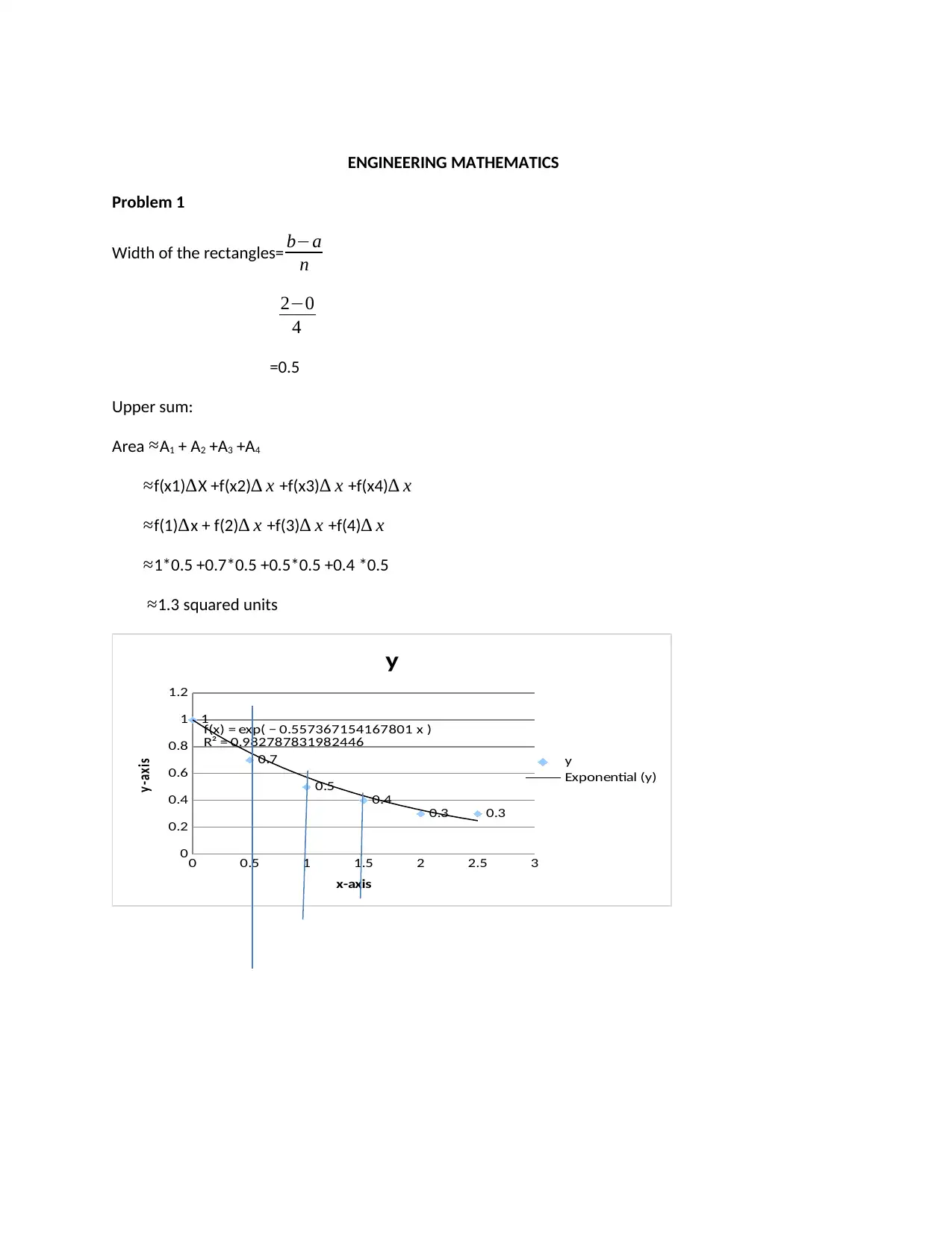
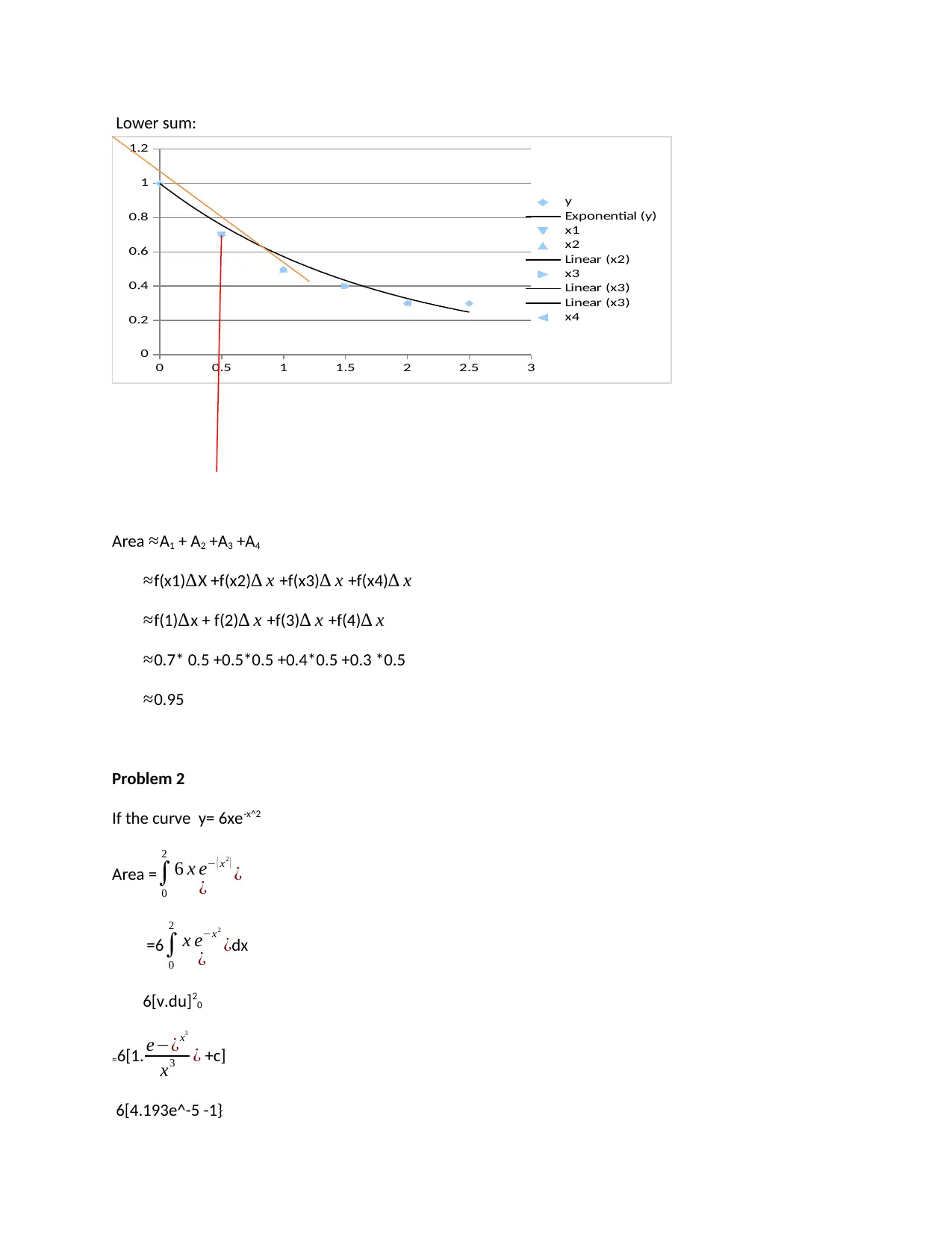
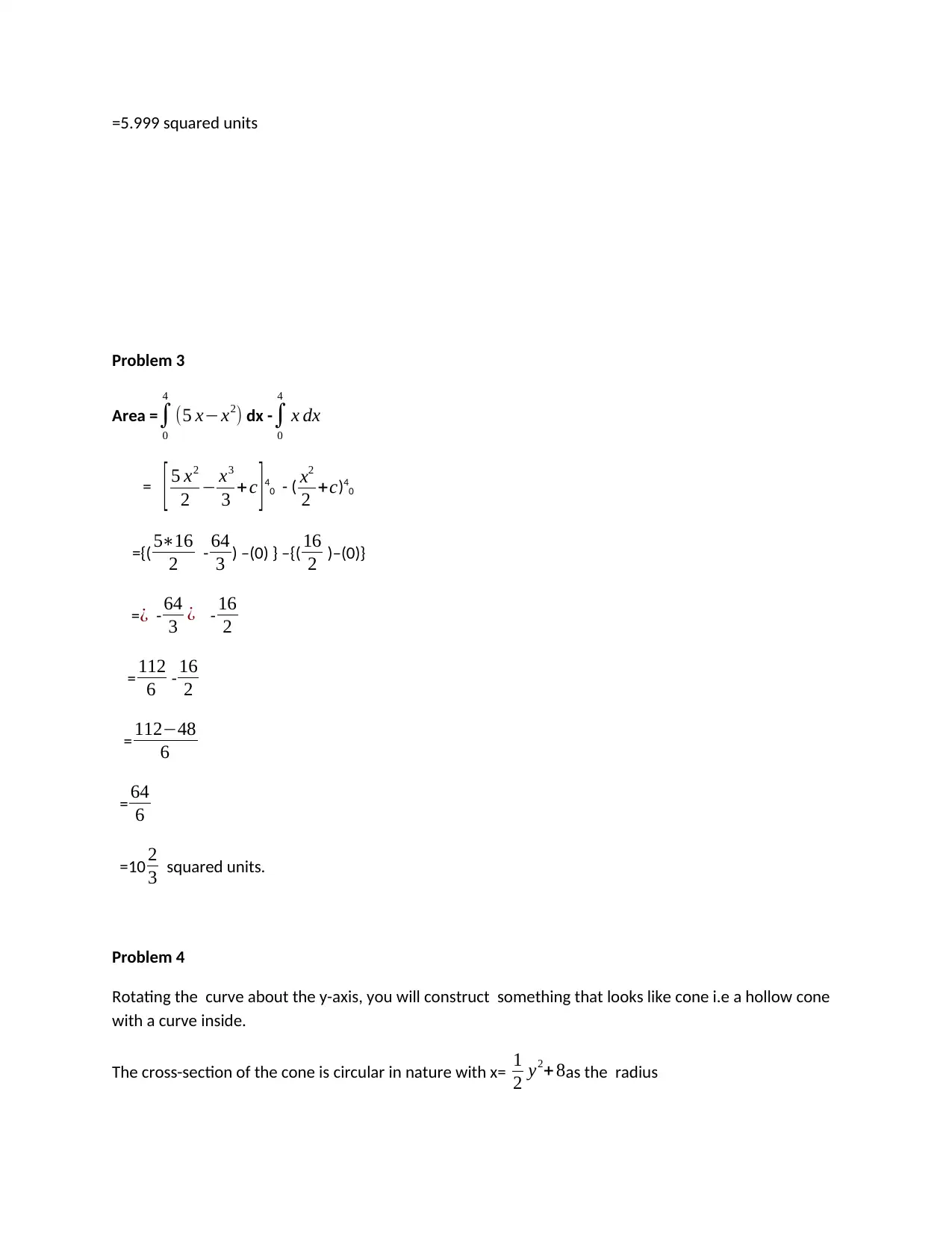

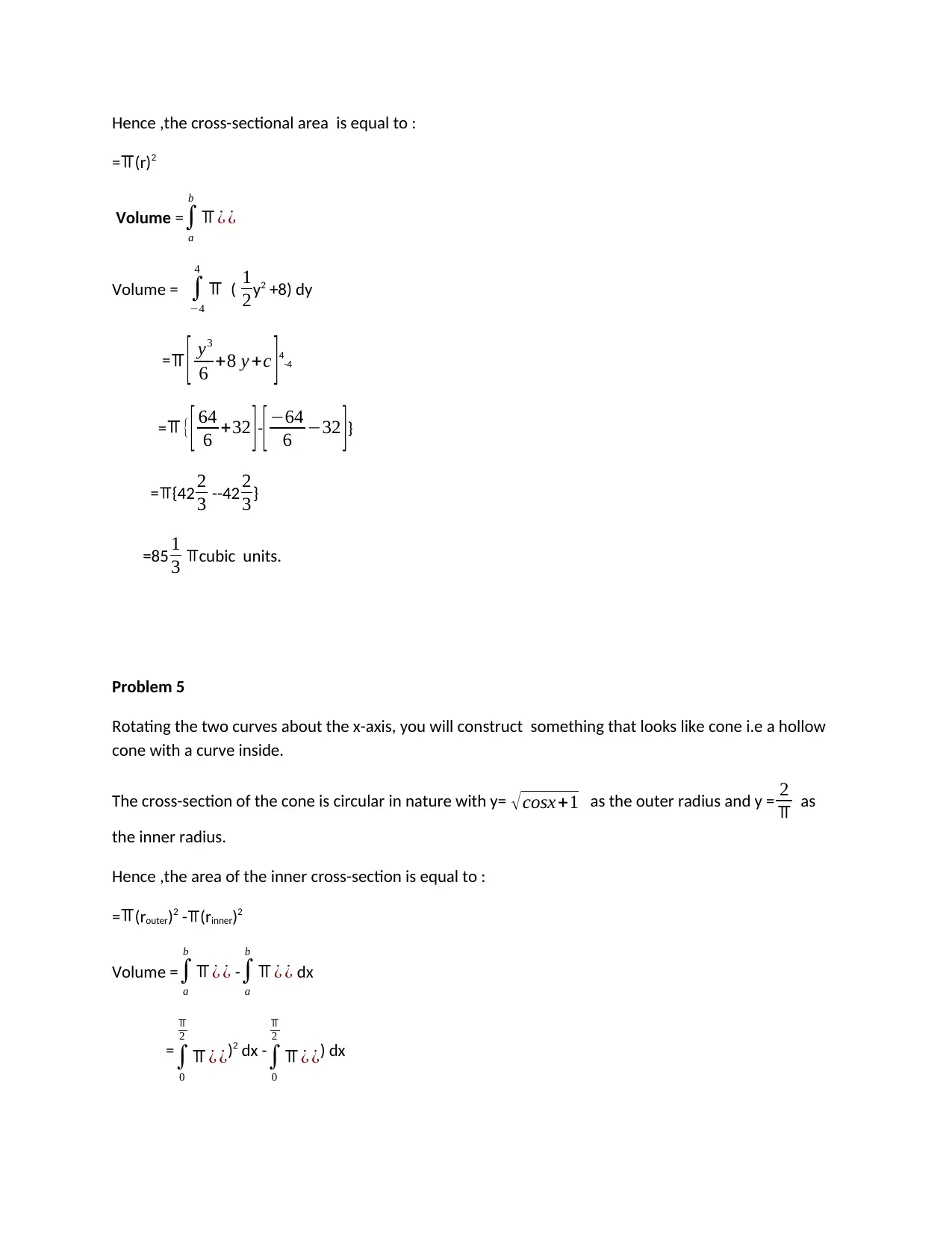
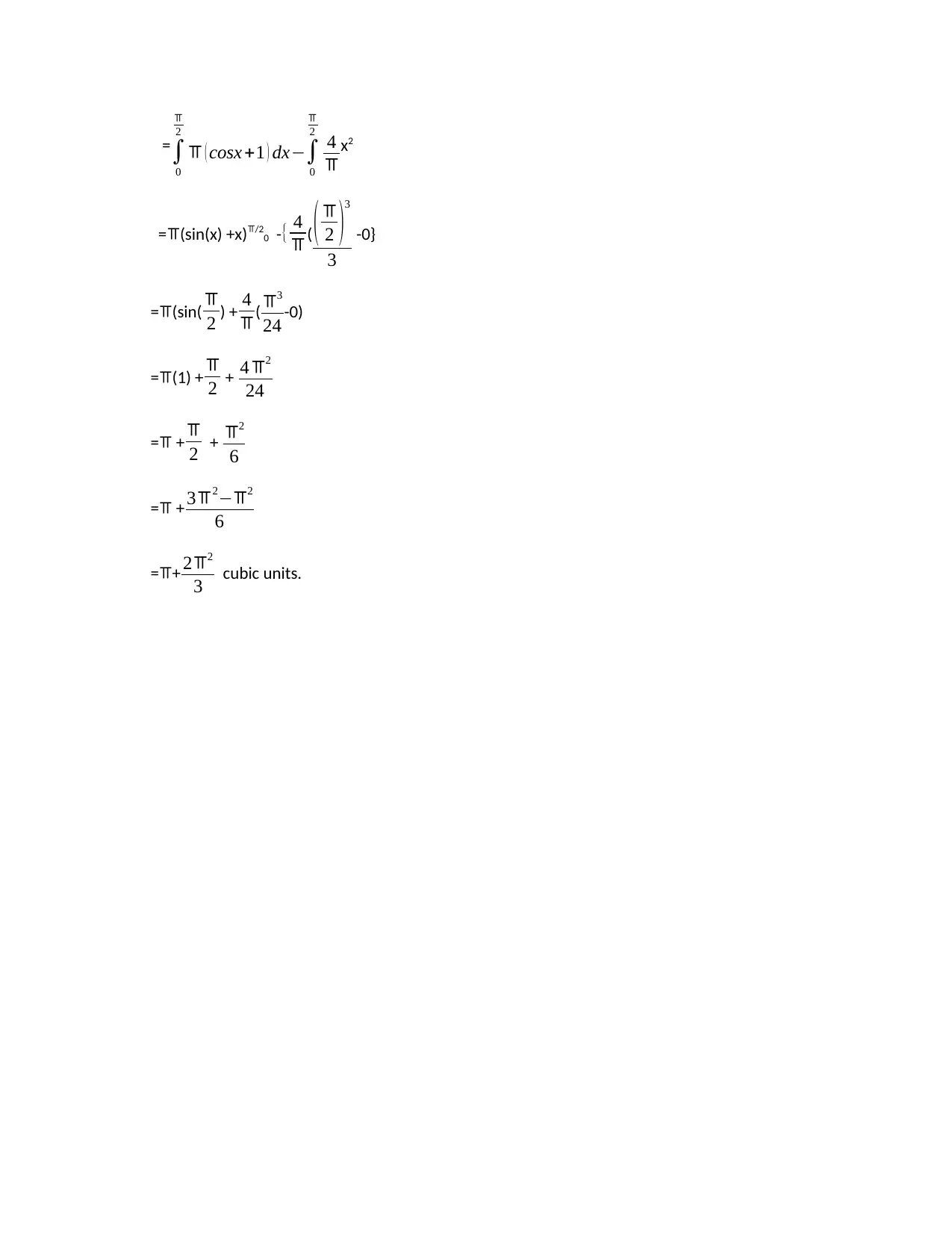


![[object Object]](/_next/static/media/star-bottom.7253800d.svg)